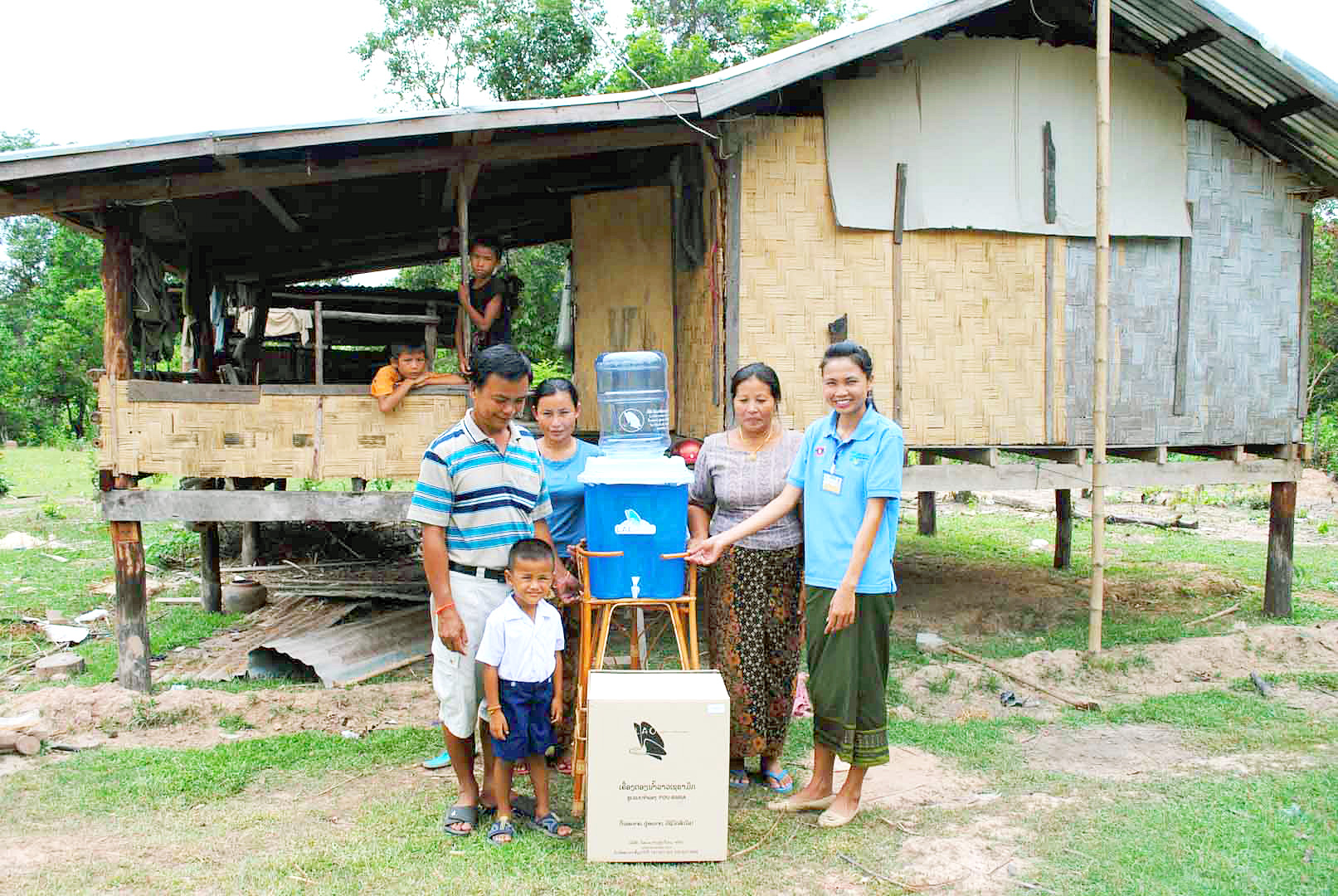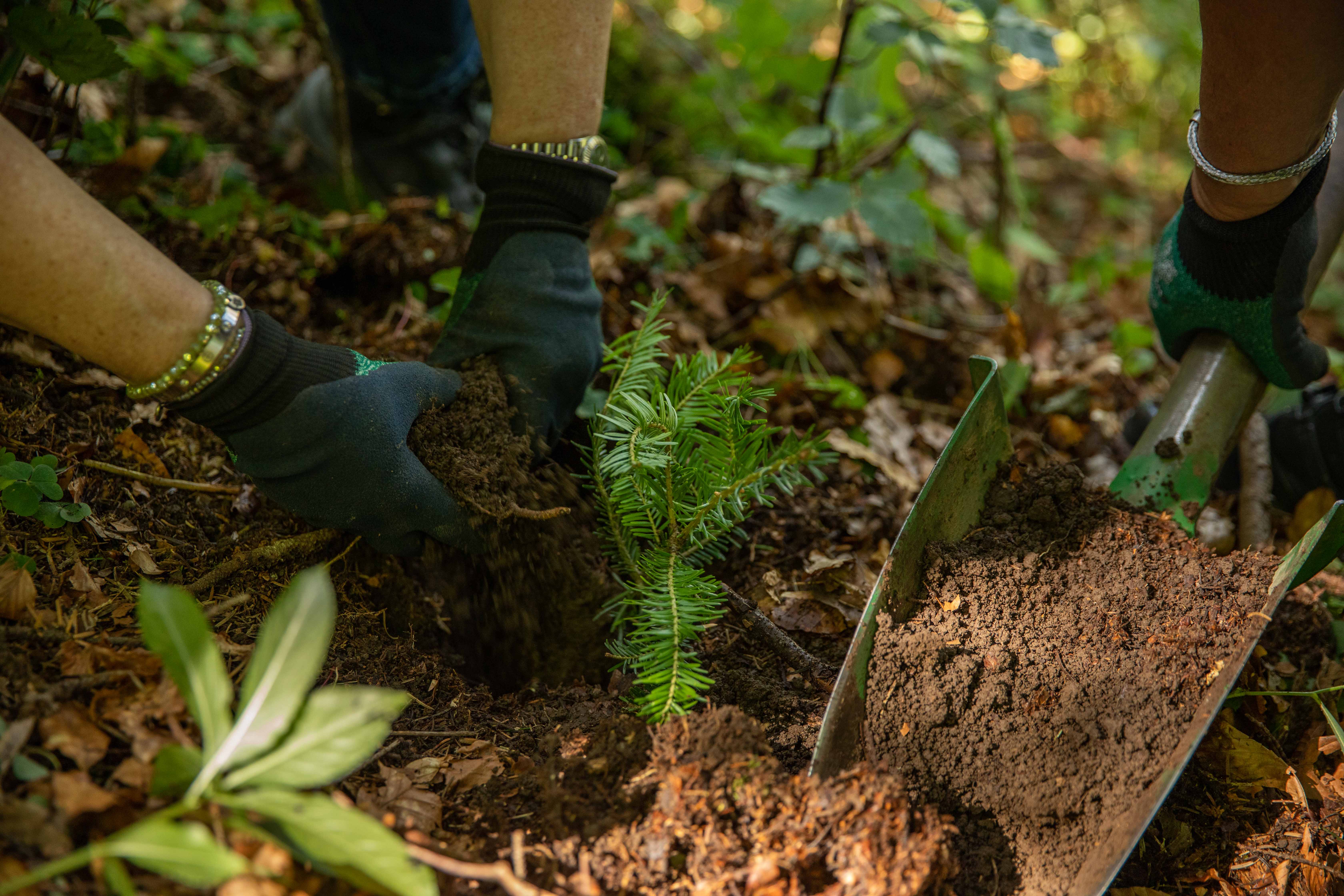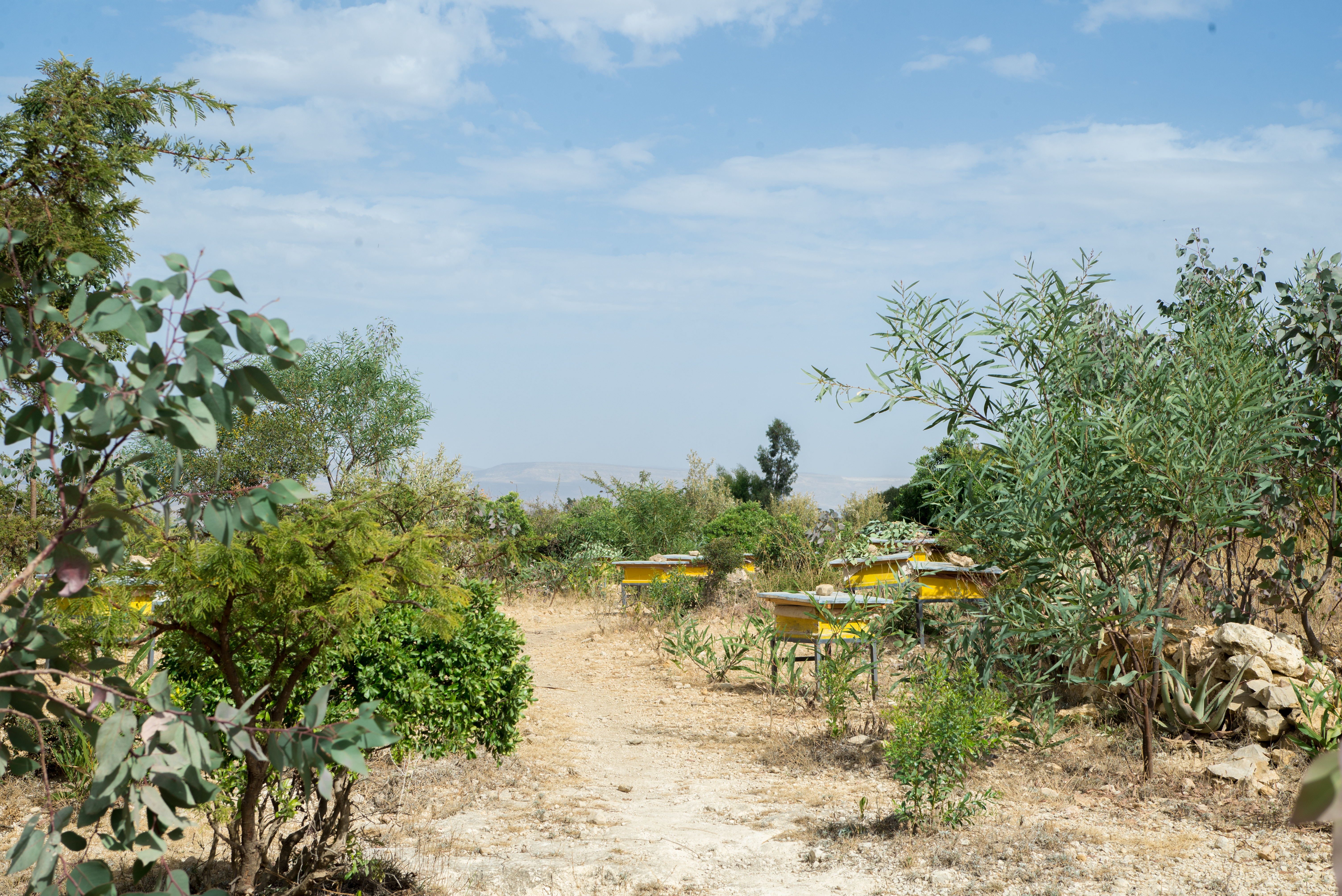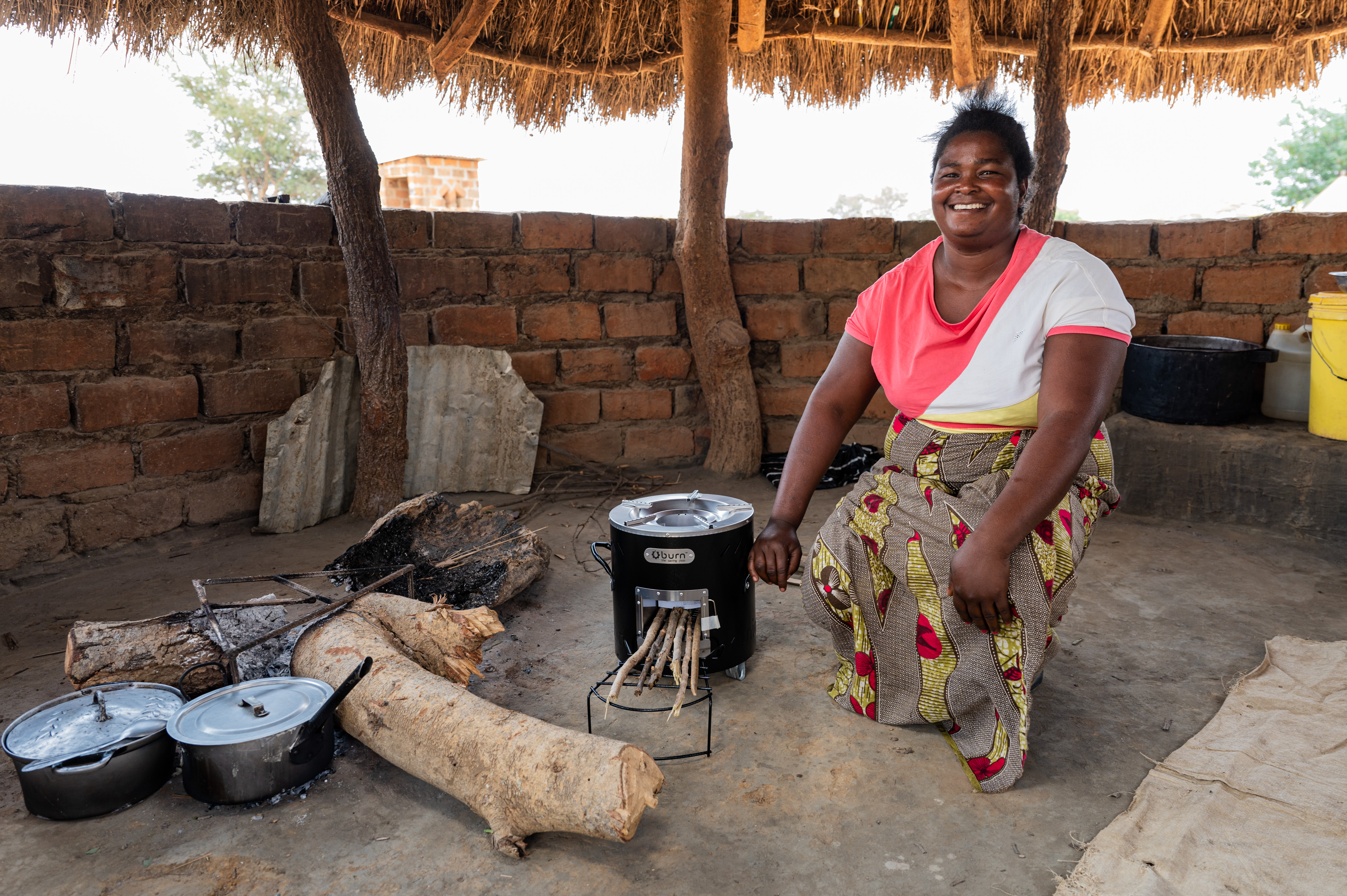Renewable energy, jobs and safety training for people in central India
Through this carbon offset project, a wind farm has been installed in the state of Andhra Pradesh in central India. In the districts of Kurnool and Anantapur, 63 wind turbines with a total of 50.4 Megawatts generate renewable energy using the power of the wind. This way, the project generates about 98,367 MWh annually, which is being fed into the regional power grid in India.
As the Indian grid is still dominated by fossil fuel energy generation, this share of renewable energy reduces CO2 emissions by replacing a share of the fossil energy in the grid. Additionally, the project creates jobs for local people including safety training and is thus contributing to a sustainable development in India.

As the name suggests, wind turbines use the power of the wind to generate energy. During this process, a generator located inside the wind turbine converts kinetic energy into electrical energy. As energy is still mainly generated from fossil fuels in many areas around the world, clean wind energy can replace some of this fossil, high-emission energy and verifiably save CO2 emissions.
In most cases, the sustainably generated electricity from the wind power projects is fed into a regional power grid, which diversifies the power supply and improves energy security in regions that are frequently affected by power shortages and outages. A project often creates increased job opportunities for the local population and the area can be used for additional activities, such as agriculture. Wind power projects make an important contribution to a clean energy supply worldwide and contribute to sustainable development with respect to the UN Sustainable Development Goals (SDGs). Wind energy projects in the ClimatePartner portfolio are registered with international standards.
Explore our projects
Biochar for Climate Action, Healthy Soils, and Better Harvests

A certified climate project combined with additional commitment

Expansion of renewable energy generation in Asia

Ceramic water filters save CO2 and improve health

Improved cookstoves worldwide – for better health and cleaner air

A certified climate project combined with additional commitment

Powering access to renewable energy in Africa

A certified climate project combined with additional commitment

Restored ecosystems remove carbon

Turning degraded farmlands into healthy ecosystems

Improved cookstoves - better for health and the environment



